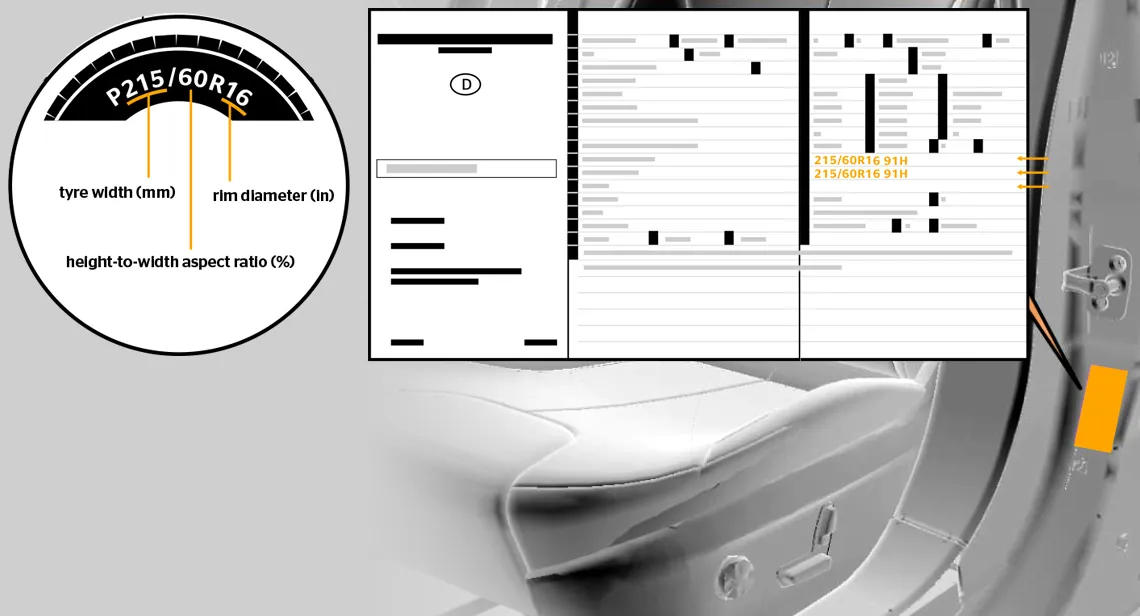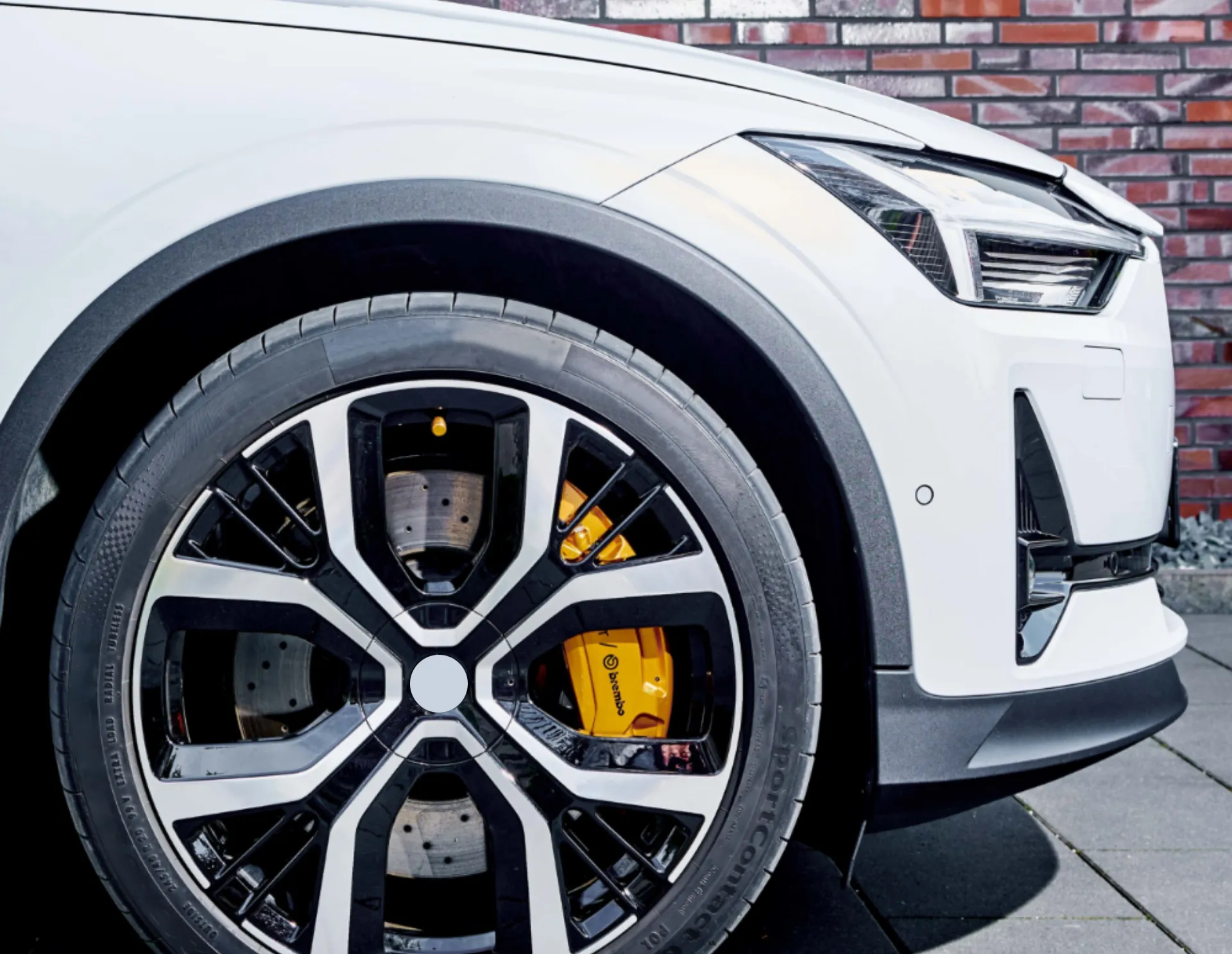.png)
Dubai, a city synonymous with innovation and grandeur, is set to redefine urban mobility with its ambitious flying taxi service. Renowned globally for its towering skyscrapers, luxurious lifestyle, and cutting-edge technological advancements, Dubai consistently pushes the boundaries of what is possible. This new flying taxi service, scheduled for launch in 2026, exemplifies the city's forward-thinking approach and its commitment to maintaining its status as a global leader in innovation.
While primarily designed for air travel, these flying taxis will also require advanced tire technology for ground operations such as taxiing, takeoff, and landing. These specialized tires will need to be durable, lightweight, and heat-resistant, ensuring safety and efficiency during the critical phases of flight.
Dubai's flying taxi service is set to weave a new thread in the fabric of transportation, making the concept of urban air mobility a reality. This initiative reflects Dubai's relentless pursuit of progress and its vision for a future where technology seamlessly integrates with daily life, offering residents and visitors a travel experience that is truly seamless, efficient, and futuristic. As the city prepares for the launch in 2026, the flying taxi service stands as a symbol of Dubai's aspiration to lead the world in urban innovation and sustainable transport solutions.
A Leap into the Future
Imagine soaring above the bustling streets, bypassing the snarls of traffic below. This vision is set to become a reality with Dubai's flying taxi service. The city aims to create a network of vertiports, strategically placed across its most vibrant and densely populated locales, to facilitate quick and easy access to this new mode of transport. Key locations for these vertiports include:
- Downtown Dubai: The commercial and cultural heart of the city, home to landmarks like the Burj Khalifa and the Dubai Mall.
- Dubai Marina: A bustling waterfront district known for its high-rise buildings and vibrant nightlife.
- Dubai International Airport: One of the busiest airports in the world, ensuring that visitors can transition seamlessly from international travel to local destinations.
- Palm Jumeirah: The iconic man-made island, offering a unique and luxurious setting for residents and tourists.
By connecting these key areas, the vertiport network will revolutionize urban travel, making it faster, more efficient, and more enjoyable.
.png)
The Vertiport Network: Connecting the City
The vertiport network is designed to integrate smoothly with Dubai's existing public transport infrastructure. This means that passengers can easily transfer between traditional modes of transport, such as buses, metro, and trams, and the new flying taxis. The seamless integration will ensure that the flying taxi service complements the existing system, enhancing the overall efficiency and connectivity of urban transport.
Each vertiport will serve as a hub for the flying taxis, equipped with state-of-the-art facilities to ensure safety, convenience, and comfort. The flying taxis are expected to reach speeds of up to 200 miles per hour, drastically reducing travel times. For example, a journey that would typically take an hour by car could be completed in just a few minutes by air. This speed and efficiency will make flying taxis an attractive option for commuters and tourists alike.
The Flying Taxis: A Blend of Comfort and Speed
The flying taxis themselves are a marvel of modern engineering. These aerial vehicles are designed to carry a pilot and four passengers, providing a comfortable and spacious environment for travelers. Key features include:
- Advanced Aviation Technology: Equipped with the latest technology, the flying taxis ensure a smooth and safe flight. They are designed to handle various weather conditions and provide a reliable mode of transport.
- Luxurious Interiors: Passengers can enjoy a comfortable ride with plush seating, ample legroom, and panoramic windows offering stunning views of Dubai's skyline.
- Safety Standards: The flying taxis adhere to the highest safety standards, with multiple redundancies and safety features to ensure the well-being of passengers and pilots.
By combining speed, comfort, and safety, the flying taxis promise to offer a unique and enjoyable travel experience.
Sustainability: The Core of Innovation
Dubai's flying taxi service is not just about speed and convenience; it's also about sustainability. The initiative is part of a broader commitment to reducing the city's carbon footprint and promoting eco-friendly transport solutions. Key aspects of this commitment include:
- Electric Propulsion Systems: The flying taxis are expected to use electric propulsion, which significantly reduces emissions compared to traditional fuel-powered vehicles.
- Energy-Efficient Vertiports: The vertiports will be designed with sustainability in mind, incorporating renewable energy sources and energy-efficient technologies.
- Reduced Traffic Congestion: By providing an alternative mode of transport, the flying taxi service will help reduce ground traffic congestion, leading to lower emissions and improved air quality.
Through these measures, Dubai aims to create a more sustainable and environmentally friendly urban transport system.

Tires for Flying Taxis
While flying taxis primarily operate in the air, they still require specialized tires for ground operations, such as taxiing, takeoff, and landing. The unique requirements for these tires include:
- Durability and Strength: Tires for flying taxis must withstand high speeds and significant weight, especially during landing impacts. They need to be made from robust materials that can endure repeated stress and strain.
- Heat Resistance: Due to the friction generated during takeoff and landing, these tires must have excellent heat resistance to prevent blowouts and ensure safety.
- Lightweight Construction: To maximize the efficiency and performance of flying taxis, the tires should be lightweight yet strong, contributing to the overall weight management of the aircraft.
- Low Rolling Resistance: This feature is crucial for reducing energy consumption during taxiing on the ground, enhancing the overall efficiency of the flying taxi.
- Puncture Resistance: To ensure safety and reliability, the tires should be highly resistant to punctures and other forms of damage that could compromise their integrity.
- Advanced Materials: Incorporating advanced composite materials and innovative manufacturing techniques can help achieve the necessary balance of strength, durability, and weight.
Continental tires, by addressing these unique tire requirements,can ensure safe and efficient ground operations for the flying taxi service, complementing the advanced aerial capabilities of the taxis.
Conclusion
As we look towards 2026, Dubai's flying taxi service stands as a testament to human ingenuity and the relentless pursuit of progress. It’s a glimpse into a future where the sky is not a limit but a pathway to connect and enrich our lives. This innovative project reflects Dubai's commitment to leading the world in urban innovation and sustainable transport solutions. With the launch of the flying taxi service, Dubai is set to revolutionize urban mobility, offering a seamless, efficient, and futuristic travel experience for residents and visitors alike.







